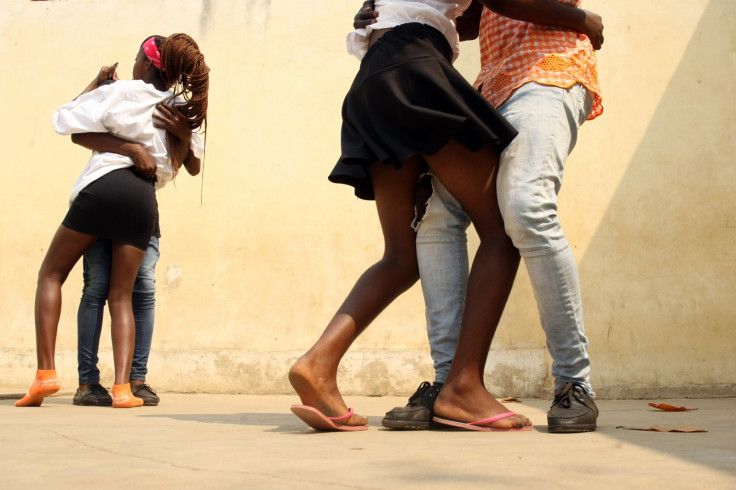What is kizomba? The dance named the 'sexiest ever'
Some Angolans fear that as the dance has spread across the world it has become misunderstood.

Characterised by sensually swaying hips and couples clutching each other's bodies, kizomba has been described as the sexiest dance in the world - and it is exploding in popularity outside of its native Angola.
But some Angolans are worried that kizomba is wrongly earning a reputation as sexually suggestive, and have urged that it is in a fact a family-friendly dance.
What is kizomba?
The word means "party" in Kimbundu, one of Angola's most widely spoken languages, and describes a type of music and dance.
The music originated in the late 1970s as an combination of Caribbean zouk and Angolan semba music. As a dance, kizomba sees the traditional Angolan moves of semba performed to this genre of music.
Singer Eduardo Paim is considered to have popularised the dance in the early 1990s, according to AFP. And when fighting broke out in 1992, Angolans fled to Europe - taking kizomba with them.
Traditionally, the dance involves two people in a close embrace with their torsos touching. One dancer - usually a man - leads and the other follows in a slow, romantic walk, stepping backwards and forwards, and drawing a circle with their movements. This is accented by movements in the hips.
"Kizomba can be danced with only four or five moves, yet mastery lies in the subtle movements and the lead/follow connection," explained one writer who took a kizomba class in Philadelphia. "Some of those movements include steps like the lady saida (walking back for two counts and then crossing your leg over to the left of the man for the next three) and gentleman's saida (where the man pushes you back with his chest) as well as the three-step basic and shuffle (like a cha-cha)."
"It's a very calm style, very suave. You don't move much and you dance calmly," Elsa Domingos Cardoso, told AFP.
Why is it causing controversy?
As kizomba has gained popularity abroad, Angolans have become concerned that it is losing its original flavour as a fun, family friendly dance, and being confused with tarraxinha. That dance is more overtly sexual and romantic - similarly to the tango.
Freezy Bruce, a kizomba teacher, told BBC News: "if you go on the internet you'll see many videos about kizomba. There are a lot of people dancing something else that is not kizomba.
"You can dance with your son, a father can dance with is daughter. People need to understand the difference. It's really sensual, not sexual," he said.
"Those who are teaching it abroad are changing the style," radio host Zelo Castelo Branco chimed in an interview with AFP. "It is not longer a traditional family affair that we can dance with our wives and children, our parents... it's extravagant. It is nearly a tarraxinha".






















